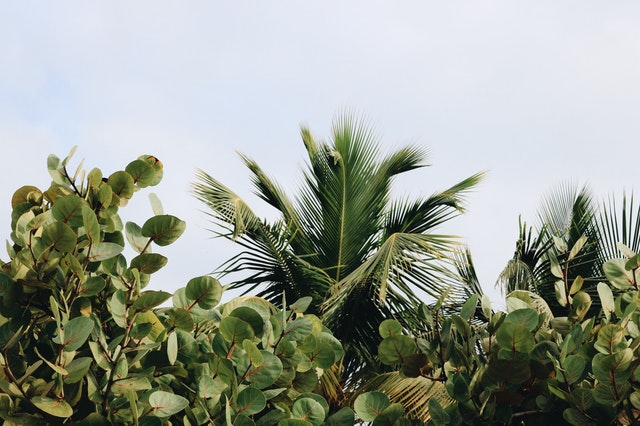
Tips for pruning hydrangeas
Facts about the hydrangea
Did you know that the first hydrangeas in our country came here from Asia with the VOC ships? They also bloom in the wild in South America. The name of the hydrangea is probably derived from ‘a pitcher of water’, which refers to the shape of the plant. A nice fact to know the next time you look at the hydrangea.
Most of the hydrangeas you buy at the garden centre are farmers’ hydrangeas. There are also a number of cultivated varieties on the market now. The symbolism of hydrangea flowers is multifaceted. They stand for gratitude, grace and beauty. This is based on the abundance of flowers and the round, bulbous shape. The colours stand for love, harmony and peace. Hydrangeas therefore always fit into a luxurious bouquet, for example for a wedding.
Care and pruning of Hydrangeas
Maintaining hydrangeas is not very difficult and the same applies to pruning them. However, it is important that you take care not to remove the flower buds by pruning them. Which hydrangeas you should prune carefully depends on the species in your garden.
Perennial
The country hydrangeas and the climbing hydrangeas form flowers on perennial wood. The flowers form on branches that were formed a year earlier. If you prune these species too far back in the spring, you will not get any flowers in the summer. When and how to prune these hydrangeas?
When to prune hydrangeas? In spring, March or April, remove only the dead flowers and prune to just above the new buds that have formed. Branches that are completely dried out or sunburnt should also be removed completely.

